Interview With A Native Pawpaw Patch
Of all the native plants in North America used for wildcrafting and foraging, the native pawpaw tree is among the most interesting. Cultivated throughout the Southeast USA by indigenous peoples since pre-contact times, the pawpaw fruit of Asimina Triloba is the largest edible tree fruit native to the United States.
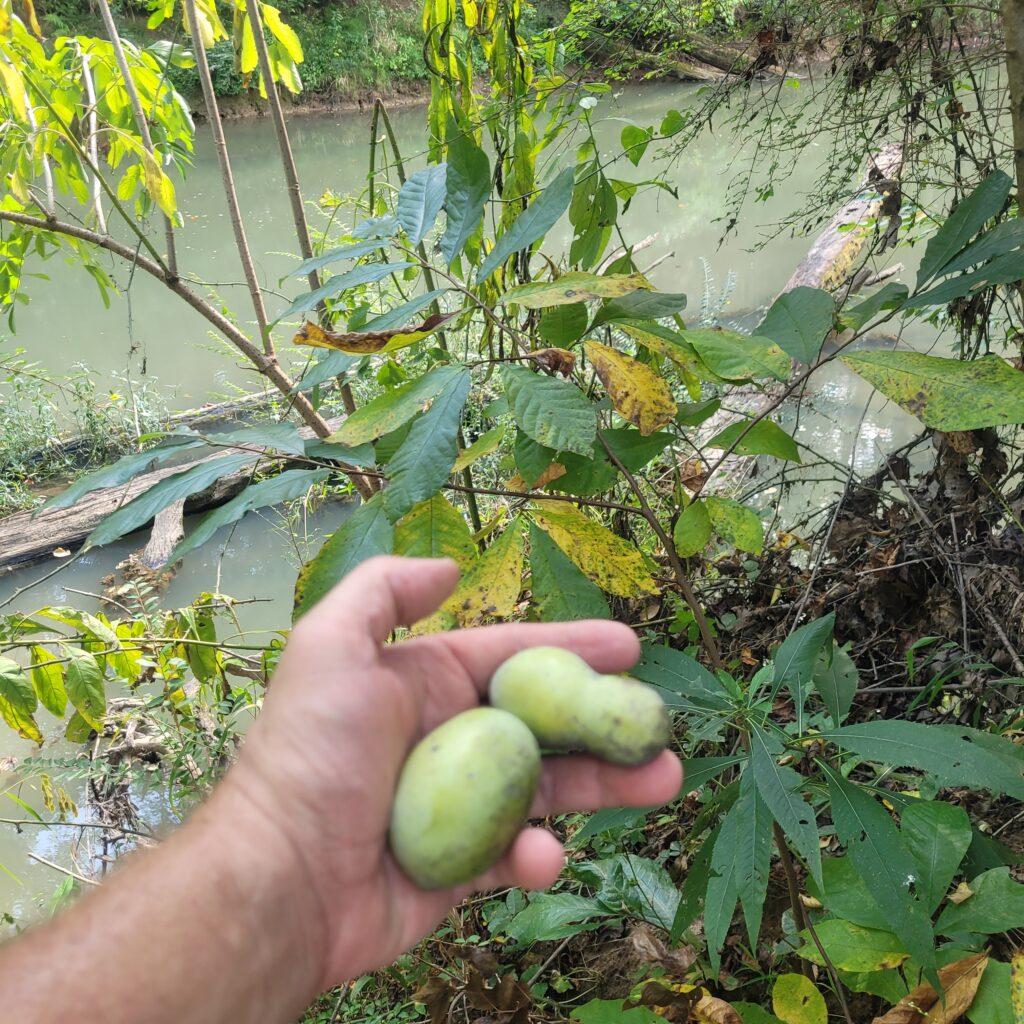
When we created Spirit Tree Farms as a native plant and wildflower property and creative retreat, on the banks of West Chickamauga Creek in Northwest Georgia, we eagerly planted several small pawpaw saplings and seeds. We’d heard of their fantastic, mango-banana-pineapple custard taste, and were willing to wait for a few years for these saplings to bear fruit.
Imagine our delight when, sitting in the “fairy garden” one day, we spotted three pawpaw fruit hanging over the creek, on a branch of a 10-foot-tall pawpaw tree! Looking around, we quickly discovered there were dozens of pawpaw trees in a grove. This was truly an example of #FindNatureJoy, the concept of looking for and finding God’s and Nature’s gifts.
To our surprise, there was only that one group of fruit in the entire pawpaw patch. Although it seemed sort of odd at the time, after joining several pawpaw-focused Facebook groups, we learned that pawpaws typically send out runners from a parent tree. Unfortunately, because those runners are genetically identical, they cannot cross-pollinate each other and bear fruit. The one group of fruit we’d found had been pollinated from another tree upstream, but the pollinators didn’t “visit” the rest of the grove.
Over time, we discovered more and more trees in this pawpaw grove. Eventually, we realized that the pawpaw patch went from the West Chickamauga Creek bank north about 100 feet. Lengthwise, there were trees bordering the “beach” on the western end of our property. The patch of Asimina Triloba trees extended about 300 feet eastward, along the creekbank. All told, we guess there are about 50 trees – some as tall as 30 feet or more in height – radiating out from an old, dying, bent-over parent pawpaw tree right in the center of the pawpaw patch.
Secrets of the Pawpaw Patch
As we’ve sat in what we call our fairy garden, surrounded by the pawpaw grove, and listened to the lessons these indigenous fruit trees are teaching, we’ve learned several truths:
- Pawpaw patches often start out from a central location, from parents
- These sucker shoots can run as far as possible, but they are still connected, still genetically the same pawpaw tree
- As long as there is no outside influence, they can grow, flower, and flourish, but they will never produce pawpaw fruit
- Introducing one tree of a different genetic background (diversity), whether through planting pawpaw seeds, transplanting saplings, or grafting on scions, can cross-pollinate an entire patch
- Providing cross-pollination for the flowers – either through hand pollinating from a different source, planting a new tree, grafting in a different tree branch, sharing flowers from other sources — means a previously fruitless group of healthy trees can reach its full potential, producing sweet pawpaw fruit in abundance
- Even more diversity (from trees with different genetics) means even more pollination, fruit growth, and production
Modeling the Benefits of Diversity in Cross-Pollination
Those truths relate not only to pawpaws, but to humans as well. Creating and growing a group of like-minded people can produce a lot of strength and foliage growth, but it will never produce the ultimate goal, the fruit. It’s only when diversity is introduced that cross-pollination can happen, and the trees’ – and the humans’ — full potential can be reached.
Another truth is that, although one genetically different tree is good, increased pollination happens with the introduction of more and more genetic diversity. The pawpaw encourages us to accept and welcome thoughts, ideas, and people from outside our normal “grove”. It tells us that, as we do so, more and more good things will happen.
Holes in Pawpaw Leaves Mean Unique Pollinators AND Growth
Sitting in the creek-side pawpaw patch one day, we noticed that several leaves had holes or chunks chewed out of them. Concerned, we did some research on what could be causing the damage. Should we get out some Sevin insecticide and dust the leaves? (NOTE: Using insecticide goes against the organic concepts at Spirit Tree Farms. It’s brought up to illustrate a point.)
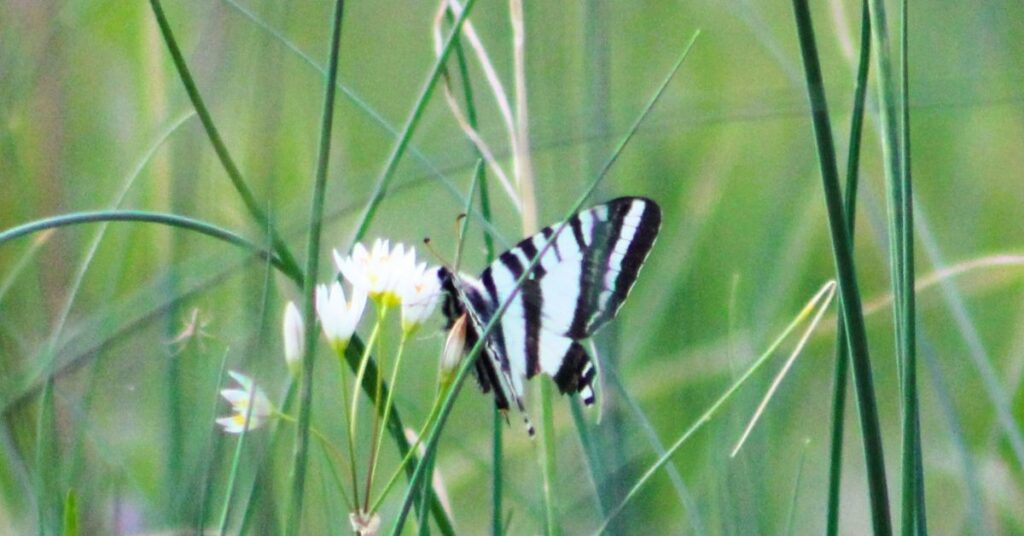
Imagine our surprise and delight when we learned that leaves with holes in them are actually evidence of the caterpillars of a rare and beautiful butterfly, the zebra swallowtail. Through the course of time, the pawpaw tree has emerged as the main incubator tree for this beautiful pollinator. The chewed-on leaves were a sign that caterpillars were there, and soon these rare and delightful insects would be flitting around our property.
Most importantly, the pawpaw and caterpillars seem to have a growth relationship. The caterpillars chewing on the leaves seems to encourage new and stronger growth in the foliage of the pawpaw trees. In our observations, we saw that the trees that had caterpillar “damage” sent out new leaf sets, growing higher and faster and bushier than the trees with no caterpillars feasting on the leaves. And the caterpillars never completely defoliate any one tree. They eat only enough for their needs.
This seems to be the way with humans as well. The periods when “damage” happens in our lives, when things seem to be tougher and more difficult, are often the times right before our greatest and strongest growth. Like the pawpaw trees, we emerge from being hurt with much more growth and strength than had we been left alone, where nothing happens to us.
Surprising Signs Pointing to Pawpaw
The gorgeous zebra swallowtails, rather than being a bug nuisance to be removed, turned out to be a discovery benefit, as well as a visually beautiful reminder of God’s love and creativity. They served us well, as this story will explain.
One day, we were walking near our house, several hundred yards from the pawpaw grove where we’d previously seen the rare zebra swallowtail butterfly. Suddenly, out of nowhere, not one but two of these beautiful creatures flitted across our path. We smiled with delight, enjoying their beauty, when the thought struck: “These pollinators should not be here. They cannot be here! They are much too far away from home!” Almost in the same instant, another thought: “Maybe they are NOT far from home? Maybe there are other pawpaw trees near here!”
We started searching, watching where the zebra swallowtails were flying to, reasoning that maybe they would return home. As they flew back and forth, we expanded our search in an ever-widening circle. It will probably not surprise you that, wading through a blackberry and briar thicket, we found yet another, smaller, grove of pawpaw trees, hundreds of yards away from the original patch on the banks of the West Chickamauga Creek.
Had it not been for the flight of the butterflies across our path that day, we would have never found this second grove of trees. With that discovery, too, came an added benefit: A genetically-diverse cross-pollination and sapling source. Because of the trees’ distance from the original grove, it is physically impossible that they are runners from the same parent tree as the patch near the creek. They had to have grown from some animal dropping pawpaw seeds.
This means that any saplings we dig up and transplant near the creekbank pawpaw grove will act as cross pollinators. In addition, now, when both groups of trees are flowering, we can collect pawpaw pollen from one group of flowers and use that to cross-pollinate flowers in the other group, leading to even more fruit. And all thanks to a couple of zebra swallowtail butterflies pointing the way.
Lesson learned? Nature is calling to us, broadcasting unusual messages, often in unexpected ways and places. When we pay attention to those unexpected moments, we can reap the benefits.
Wanting, Manifesting, Planting, then Discovering Pawpaw’s and Nature’s Messages
A final lesson learned from the pawpaw at Spirit Tree Farms is this truth about Nature: Work for what you want, look for and expect the unexpected, and then be grateful (and you might find more!)
We realize that’s a long lesson, but let us explain by quickly summarizing the growth of the pawpaw patch at our place (where we’ll soon pick up pawpaws and put ‘em in our pockets!)
- We’d heard about pawpaw, what a delicious native fruit they were. We decided we wanted to try some, but couldn’t find any near Spirit Tree Farms in Northwest Georgia
- Doing some research, we discovered that The Sunspot Natural Market in West Lafayette, Indiana, would have pawpaw fruit for sale about the time we were driving through on our way to Wisconsin, so we bought some (and saved the pawpaw seeds to plant later!). They were as tasty and delicious as advertised, so we bought even more on the return trip!
- At the same time, someone on Facebook Marketplace advertised that he had saplings he was giving away because he’d moved to an apartment and had no room for them. We were glad to take them off his hands!
- It was about that time that we discovered the parent pawpaw tree and another large pawpaw tree near the fairy garden and beach area of our property
- Also about that time, we learned how to identify pawpaw tree leaves, especially compared to hickory leaves and Carolina Buckthorn leaves, which look similar (we’ll tell you how later in this article)
- Learning that pawpaw needed genetic diversity, we planted new seeds and saplings near the larger, existing trees
- We were also able to trade some hickory and black walnut saplings for two pawpaw saplings from Kennesaw State University’s Food Forest
- The next season we discovered (as I mentioned before) three native fruit growing on one tree on the creekbank. We found that there are dozens of other sucker pawpaw trees off the main parent tree. About that time, we saw the chewed up leaves from the zebra swallowtail caterpillars. We also started to wild forage, which led us to discover other pawpaw patches (providing tasty seed sources!)
- The season after that, another zebra swallowtail pair led us to discover another patch elsewhere on the property
- Since then, we’ve discovered three more pawpaw patches at Spirit Tree Farms, and even more nearby
- We’ve also researched more about pawpaw seeds and saplings. Biggest lesson learned? Mimic nature. Plant the seeds where they will get moisture, so they don’t dry out, but have a chance to grow
- Pawpaws also present a conundrum (that is probably good for another blog at some point) – They are naturally an understory tree, and so need shade for the first year or two of planting or transplanting saplings. Otherwise, they will get sunburned and may die. But the most productive trees need sunshine for good fruit production, which is why you often find them next to creeks or riverbanks, where they can grow out into the sun
- Learning that pawpaw trees are also good for erosion control, we’ve dug up and planted saplings and seeds in “The Rill”, an area of our field that is starting to erode from water runoff. Several have taken root there and are doing quite well
- We also learned to identify pawpaws before their leaves drop, usually in September or early October. When we find saplings we want to transplant later, we tie a bright piece of cloth or plastic around it. Why? After the leaves drop, when we want to transplant it (in December through March), we can tell the difference between a pawpaw sapling and a hickory sapling (since, with no leaves, those saplings look about the same!)
- NOTE: Pawpaw taproots are very deep. We’ve had very little success transplanting any saplings that have grown taller than about a foot or two. We prefer to transplant small saplings, when they are still about a year old (or less), and less than a foot tall.
- Finally, we’ve learned to expect the unexpected, not only in finding saplings, but in finding seeds. For example, the other day, as we walked on a large log, we saw some raccoon scat. Sure enough, within that pile of poo, being kept nice and moist, were several pawpaw seeds. We picked them up, dug a trench in the field, marked it, and planted those seeds, just like Nature intended!
As we’ve said here and elsewhere, it seems when you find something you want and work for it, God and Nature open your eyes to even more of what you want, by showing you what was already there, and by getting you more of what you are looking for!
Next Pawpaw Patch Steps at Spirit Tree Farms
Spirit Tree Farms got so involved with “crowd sourcing” and food foraging pawpaw trees and seeds (and other native plants, such as American elderberry and American beautyberry bushes, crownbeard, and more) that we helped start the Greater Southeastern Native Seed and Plant Exchange Facebook group.
Through that group, and talking with others about pawpaws, we’ve gotten many seeds (and some trees) from other sources, including Kentucky State University’s pawpaw seed program. By food foraging, we’ve also found and eaten pawpaw and saved / stratified pawpaw seeds in our fridge.
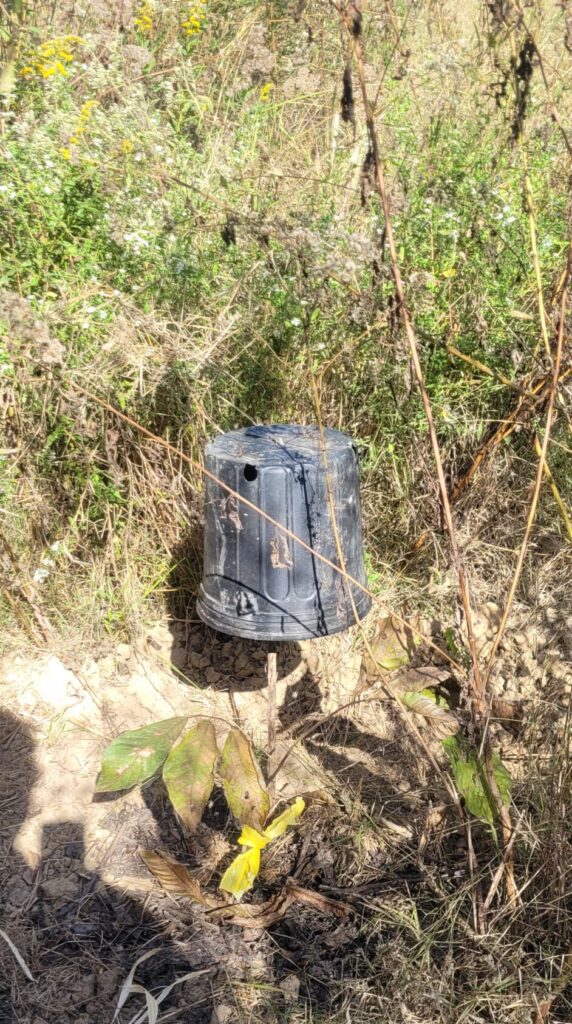
Those stratified pawpaw seeds are now pawpaw saplings. Our plan is to plant them next to existing patches throughout our property. Following the logic of Nature, (and dealing with the conundrum outlined earlier,) we will plant the pawpaw seeds, saplings and trees where they will eventually get good sunshine (aiding in fruit production).
First, though, we will shade them (probably redneck style, with buckets on sticks, spare underwear, ripped jeans, old pillowcases, and boxes.) We’ll also give them additional shade by planting them in the midst of tall wildflowers, such as goldenrod, iron weed, crownbeard, wingstem, pokeweed, and others.
We’re also planting elderberry cuttings about five feet to the east and west of each pawpaw saplings. The elderberries grow much faster than the pawpaw, and provide morning and afternoon shade during the hottest parts of the Northwest Georgia summer.
Because wild pawpaw fruit can vary quite a bit in flavor, texture, aftertaste, production, and more features, we also intend to get a few cultivar saplings, including Peterson cultivars and KYSU cultivars. These are bred or cultivated for size, taste, ripening, hardiness, production, and more. We will plant those trees near the native pawpaw patches, which will aid in cross-pollination. Hopefully we’ll also get some scions (branches) of cultivars and graft them onto the native trees already growing. That will let us compare the fruits and grow more of the pawpaw types that have the flavor, size, and features we’re looking for.
Pawpaw Tree Identification Tips and Tricks
Since starting our pawpaw journey less than four years ago, we’ve also gotten a lot better at identifying pawpaw saplings. This new-found skill helps us find even more sources (especially as we help others identify pawpaw on their properties). As mentioned earlier, hickory, Carolina Buckthorn, pawpaw and other trees may have leaves that look similar. Here’s how we tell them apart:
- The best identifier? When crushed, pawpaw leaves give off a strong, sharp odor. It has been compared to the smell of diesel fuel, green peppers, and tobacco. Whatever the scent is, it is not pleasant. (That helps distinguish it from the Carolina Buckthorn, which has a terminal bud but no odor, and spicebush, which has a nice fragrance)
- Pawpaws trees have a terminal bud. That is, the tree top, as well as the end of branches, will terminate (end) in a bud
- Hickory tree branches grow in sets of five or more (except when very young). Most importantly, each branch or leaf set ends in a terminal leaf, not a terminal bud. Also, when crushed, IF they have any odor at all, hickory leaves smell like dirt or mushrooms
- Pawpaw leaves alternate or are offset while hickory leaves stem at the same point
- As mentioned before, when we find pawpaw saplings we want to dig up and transplant later, we tie something bright around it, so we can find them after the leaves drop and the trees go dormant (the best time to transplant saplings)
Our Pawpaw Journey is Still On-Going
Those are a lot of lessons learned in a years-long conversations and interviews with pawpaw trees by a couple of newbies. By no means are we experts, but we hope this blog gives a good rundown of “what we wished we’d known, and what we’ve learned” from our on-going journey.
Bottom line: Nature seems to work best when you work for what you want. Then, look for what you need. #FindNatureJoy. And remember: Diversity, whether in pawpaw patches, work groups, or human families and groups, is not only vital, but essential for the type of production we want to get!
More Lessons From Nature, God and Jesus Christ at Spirit Tree Farms
At Spirit Tree Farms, we believe that Heavenly Father and His Son Jesus Christ work with and through Nature to connect us as humans to the Divine. Nature is constantly broadcasting messages from them, including encouraging us to #FindNatureJoy and learn about healing in Nature. To that end, we’re turning our property into a wildflower garden and native plant refuge. Here, we and our visitors can focus on the joy, serenity and peace that Nature and the Divine give us. We also partner with the Earth to make a sacred and creative space, where nature observation and biophilia unleashes the creativity and inspiration within each of us.
A core summary about those concepts is captured in Marnie’s book on finding peace and joy in Nature: https://spirittreefarms.com/peace. To see what we’re discovering, and to share your own nature inspiration and lessons learned, follow Spirit Tree Farms on Facebook, LinkedIn, X, Instagram, and YouTube. We especially encourage you to share what you’re learning in Nature! Check out http://www.SpiritTreeFarms.com/FindNatureJoy to learn how we and others are sharing our Nature inspiration and creativity.
Take care now! Dave and Marnie Kuhns Spirit Tree Farms Catoosa County, Northwest Georgia, USA
Pawpaw Wisdom Acknowledgements and Resources
It might be said that we newbies harvest pawpaws on the shoulders of giants. Other than our own experience here at Spirit Tree Farms, much of the information in this blog post comes from research and discussions with true Asimina Triloba experts.
- Over the course of decades, R. Neil Peterson has developed (discovered?) many pawpaw cultivars, as well as gathered a lot of information. His website is here.
- Kentucky State University has the only full-time Pawpaw research program in the world. Questions? Check out their research on the KYSU Ag Department’s pawpaw page (where you can also find their links to Facebook (or click this link) and YouTube — click here) !
- Really excited and interested in pawpaws? Great Facebook groups to join include:
- Pawpaw Fanclub at https://www.facebook.com/groups/589509554496020
- Pawpaw Fanatics at https://www.facebook.com/groups/927257504078942
- Pawpaw Chronicles at: https://www.facebook.com/groups/1249151155499129
- Pawpaw Nation at: https://www.facebook.com/groups/140445596692949
Feel free to contact us to tell us your favorite pawpaw resources!
Way Down Yonder in the Pawpaw Patch
Of course you knew that no pawpaw-related blog would be complete without some reference to the old folk song … which teaches another vital truth: You don’t pick pawpaw from the tree. You “pick ’em up”! Why? Because pawpaw fruit seem to not ever be fully ripe until they actually fall from the tree! Here’s a great link to the song on an Appalachian history site.

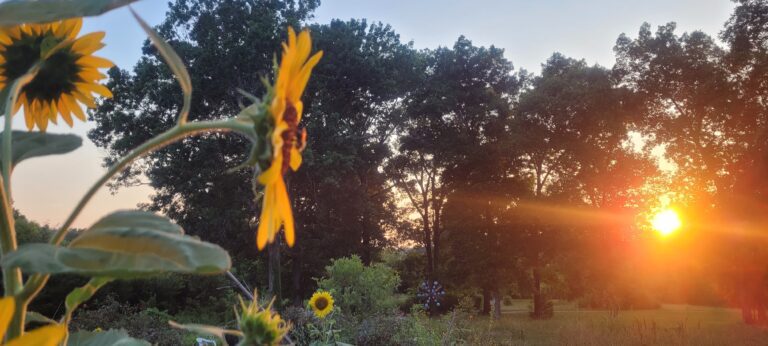
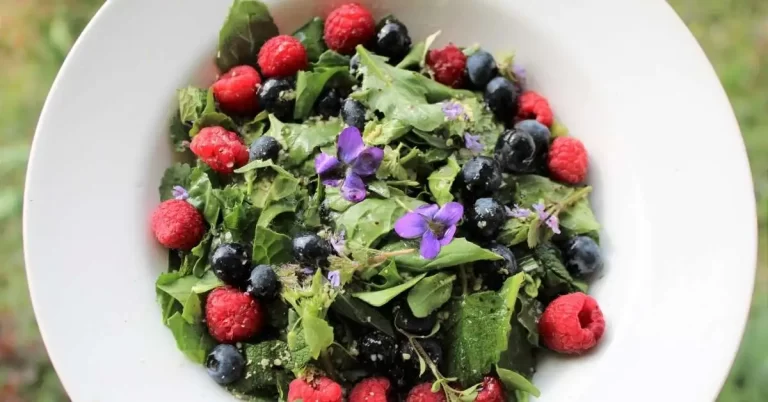
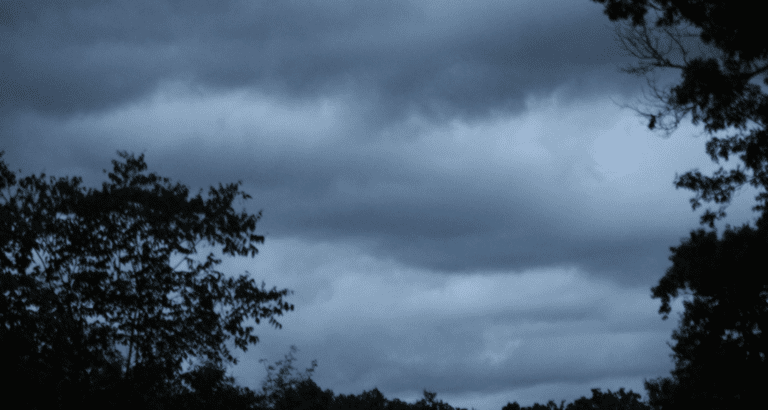
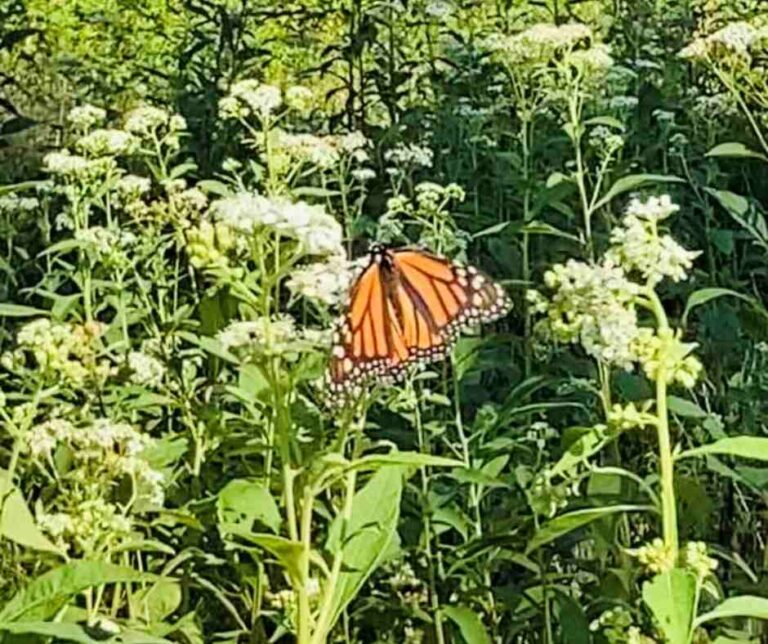
2 Comments
Comments are closed.